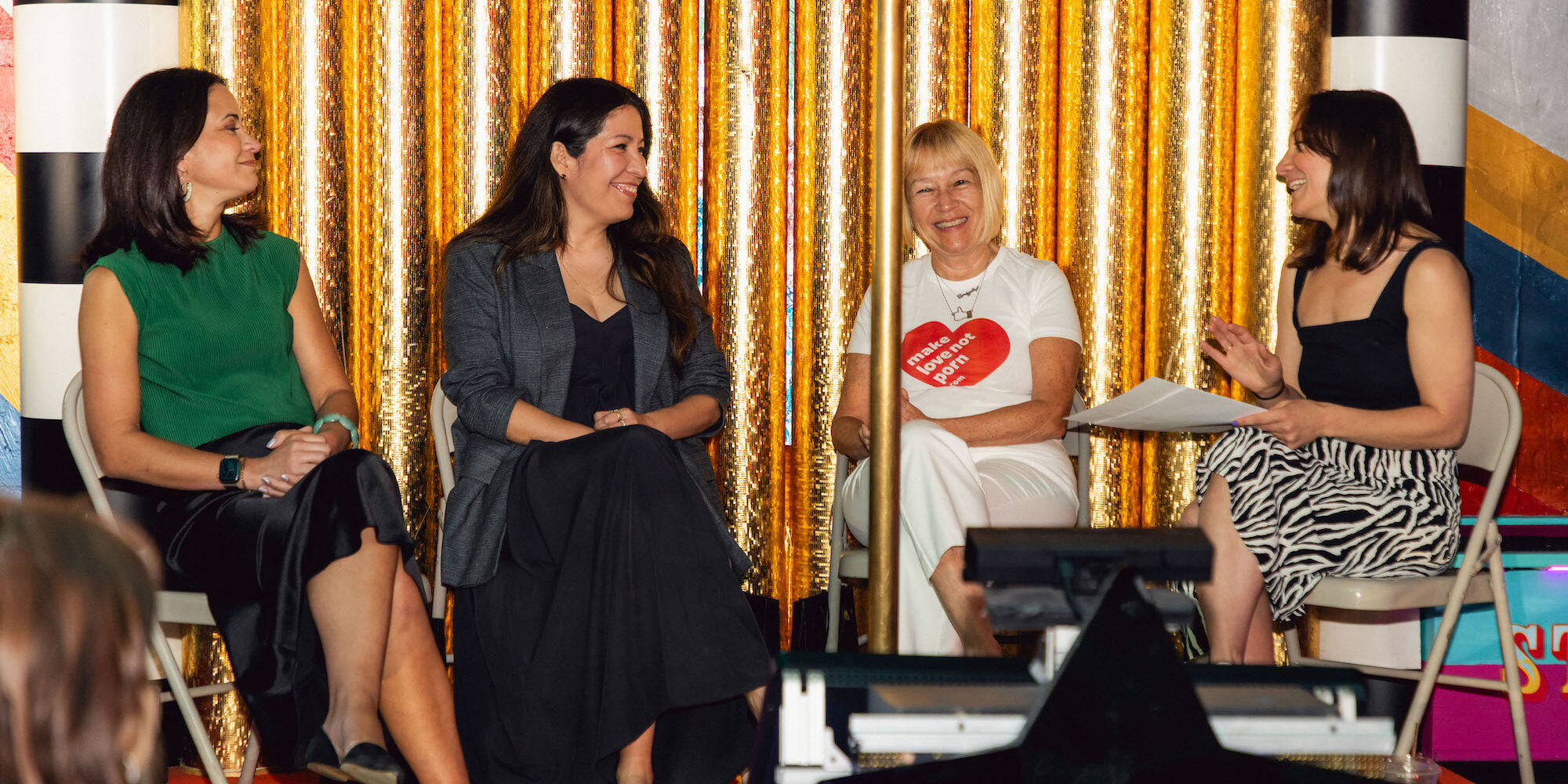
From AI To IVG, Femtech Trends That Will Shape Women’s Lives In 2035
Not surprisingly given the hundreds of billions of dollars in funding poured into artificial intelligence in recent years, forecasters focused on the female technology or femtech predict it will be interwoven into the future lives of women.
One of four main trends shaping women in the next decade outlined in femtech trend forecasting agency Ultra Violet’s new report, “FemTech Futures 2035: The Trends Shaping the Next Decade in Women’s Health,” is dubbed “hyper human health,” and it envisions at-home AI diagnostic tools and cycle-synced working environments promoting proactive approaches to well-being that replace the reactive model seen for centuries. It also envisions egg freezing and gene editing embryos getting easier and even the possibility of artificial wombs that will change how and when families are built.
Available for free on Ultra Violet’s website, the report is based on a manual analysis of over 500 pieces of content as well as interviews with computer scientist Geoffrey Hinton, who’s nicknamed the “godfather of AI,” Alyssa Dweck, chief medical officer at Bonafide Health, and Nick Sarafa, CEO of Modern Mantra, among many experts. The other three main femtech trends it outlines are:
- Social hacktivism: Decentralized autonomous organizations (DAOs) will allow women to collectively purchase housing, land and businesses to lift each other out of oppressive situations. Women could go “off-grid” digitally to protect their privacy and mental health.
- Techno-naturalism: A shift away from Western paradigms concerning the food and environment will elevate methods combining Indigenous wisdom and environmental symbiosis with carbon-efficient technologies like aeroponic farms, lab-grown proteins and gene-edited crops.
- EthAIcal consumption: As AI embeds in products and services, consumers will demand robust ethical frameworks, transparent data policies and sustainable, localized production.
In a panel discussion last Friday at Manhattan’s Museum of Sex that delved into the report, Ultra Violet founder Anna Butterworth was joined by Cindy Gallop, founder of Make Love Not Porn, Flavia Mason, global VP of women’s health at Perrigo, and Laura Minquini, founder of AthenaDAO.
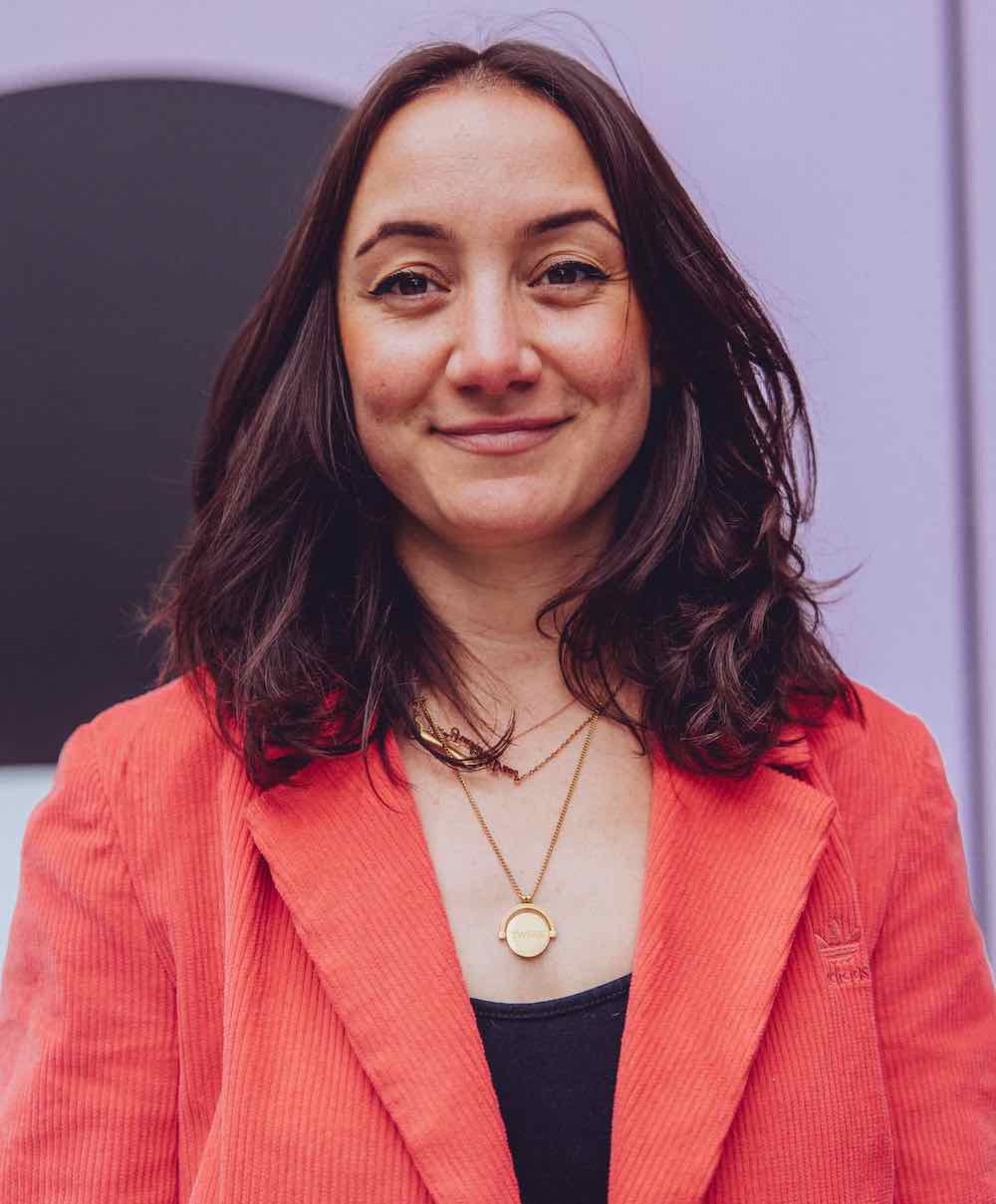
Yay or Nay ON AI?
Butterworth expressed enthusiasm for AI unlocking early detection of certain conditions like cancer or cognitive decline. Gallop struck a cautious note and advised that there should be a tempering of expectations of AI’s impact on women’s health. Currently, she said AI is viewed through a “white male lens…It doesn’t matter what incredible health benefits this could deliver to women, we all know that white male-founded AI is going to completely overlook and not include us.”
Gallop added, “We have still not seen what the future of technology can be when it’s designed and built for the female lens at scale because we don’t get funded to scale. So, in whatever capacity you operate, get that word out to VCs, to investors, literally what solves this is money. It’s really boring, but it’s really simple.”
Minquini asserted that more women’s health research is needed and that research should be fed into AI algorithms to help ensure women are factored in. “In 2020, the NIH [National Institutes of Health] spent $49 billion, only 10% of that went into female-specific conditions and only about 1% of that went to fertility,” she said, continuing, “AI is moving so quickly and specifically AI healthcare. If we don’t act now, all of these AI systems are going to be in place.”
IVG as the new IVF
Are artificial wombs the future of fertility? Minquini thinks so. And she thinks that in vitro gametogenesis (IVG) or developing sperm and eggs outside the human body will be the future, too. “You will be able to get an oocyte from skin stem cells,” said Minquini, referring to an egg that’s not yet mature. “It is the next generation.”
Minquini realizes the advanced fertility techniques are controversial, but she considers them empowering. “I have too many friends in their mid-40s who do not have the opportunity to have children,” she said. “They’re financially independent, they’re emotionally ready, they know they can do this, and they do not have the possibility to have kids.”
Minquini emphasized that concerns over controversial fertility measures should spark greater investment in them, not less. At one point, Mason mentioned, “It was controversial to have a heart transplant. When that was first happening, it was an abomination.”
Lead with greed
The dearth of funding to turn women’s health trends into transformative gains in women’s health was a theme of the panel. While recognizing the funding challenges facing female-centered startups, Minquini shared that, when she pitches female-oriented projects to male investors, she never uses the words “underfunded” or “overlooked.” Instead, she couches her pitches in numbers.
“I go with the fact that women are willing to pay about $60,000 towards menopause products just to try to mitigate the symptoms,” she said. “You have to sell what they’re buying because that’s all they care about.”
When raising money for Perrigo, parent company of HRA Pharma, which is behind Opill, the first over-the-counter birth control pill, Mason stressed that its women’s health business could become a billion-dollar revenue generator. “If you look at each of those needs spaces individually, there’s no reason why it shouldn’t be,” she said. “I think the game is doing the math for them. It’s connecting the dots. If you show the money to be made together, you cannot not look at it.”
Fertile Business Opportunities
In an interview separate from the panel, Butterworth singled out wellness personalization as remaining an opportunity that hasn’t been fully tapped. “There’s a big piece in there about nutrigenetics and building out our DNA profile, our hormone profile, our life stage and figuring out how we can be perfectly supplemented nutritionally,” she says. “That works in beauty and skincare and wellness.”
In particular, Butterworth is bullish on hair health. “There’s still a lot of opportunity to look at aging hair. We talk a lot about male pattern boldness. We don’t talk a lot about how women do lose their hair quite a lot when they hit menopause and what that looks like,” she says. “I think menopause and aging has a very big opportunity across health and wellness, but I think hair is a really big one, and I think there’s still so much we need to do in the beauty space for aging skin.”
No matter the market opportunity they seize upon, Butterworth calls on founders to think about the effects on the environment as they construct their businesses. “Every part of our business practice, every part of our supply chain, our product development, the way that we build a business, the way that we engage with our team and our partners, we have to be doing everything with the green lens,” she says. “It’s a cliche, but there is no planet B. There’s no point in having a really successful business if there isn’t a world that you can sell it in.”
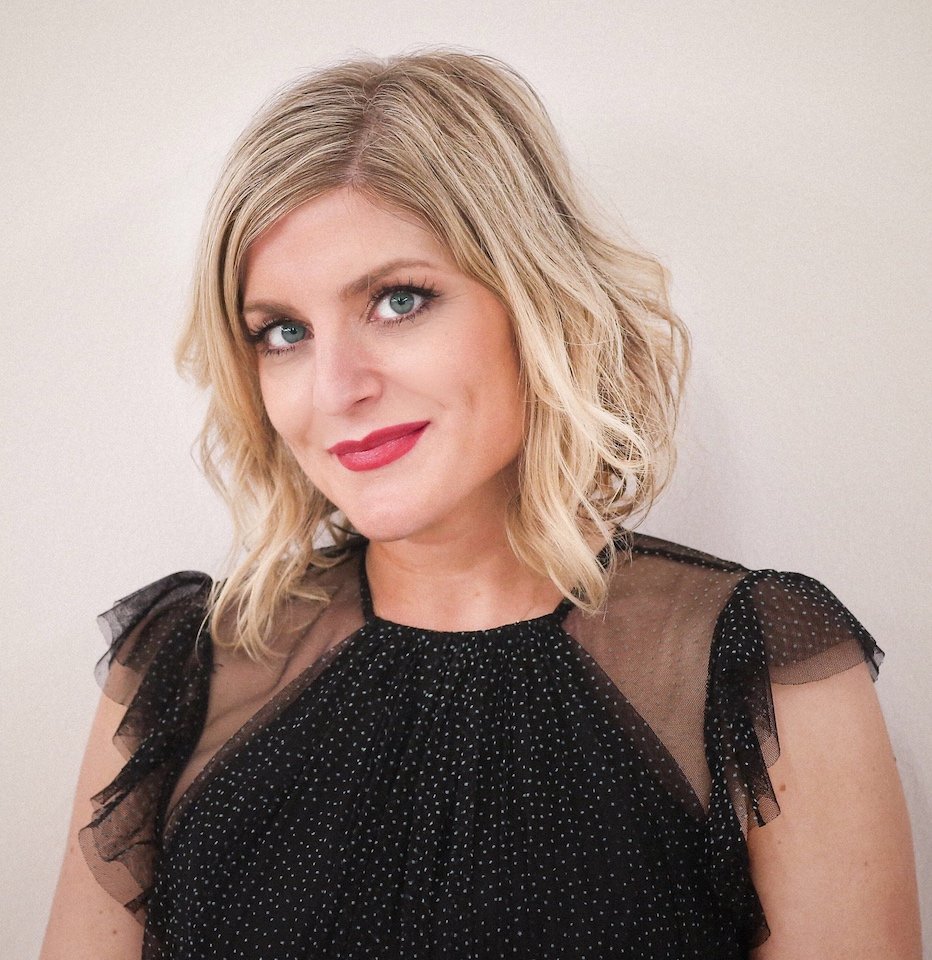
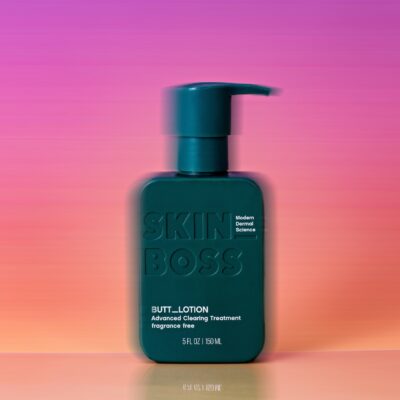
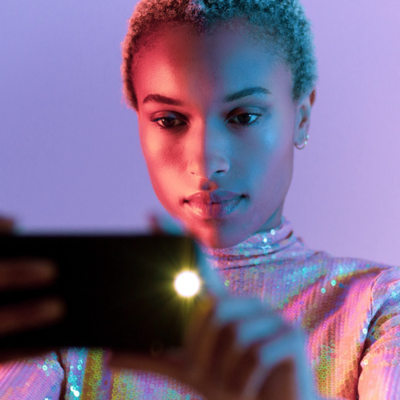
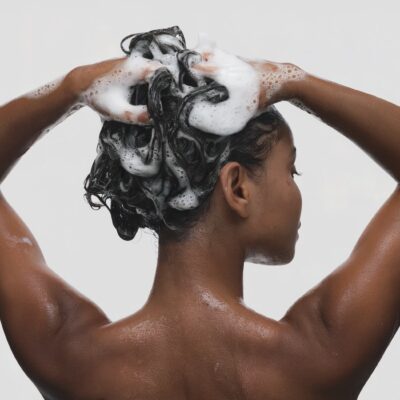

Leave a Reply
You must be logged in to post a comment.